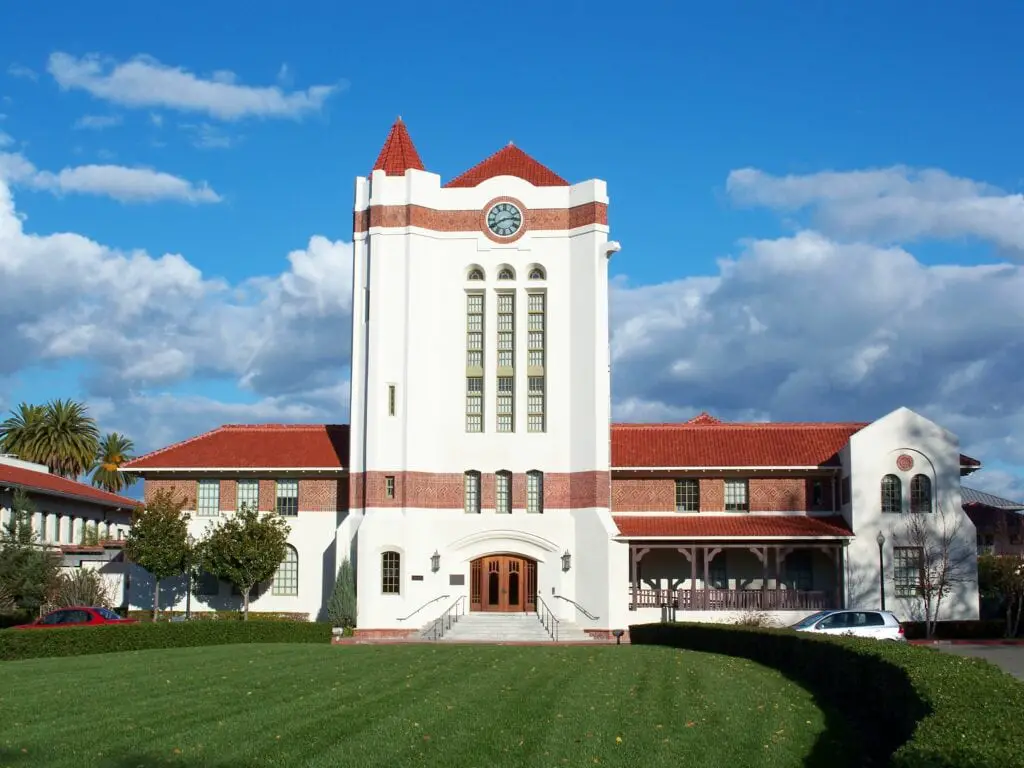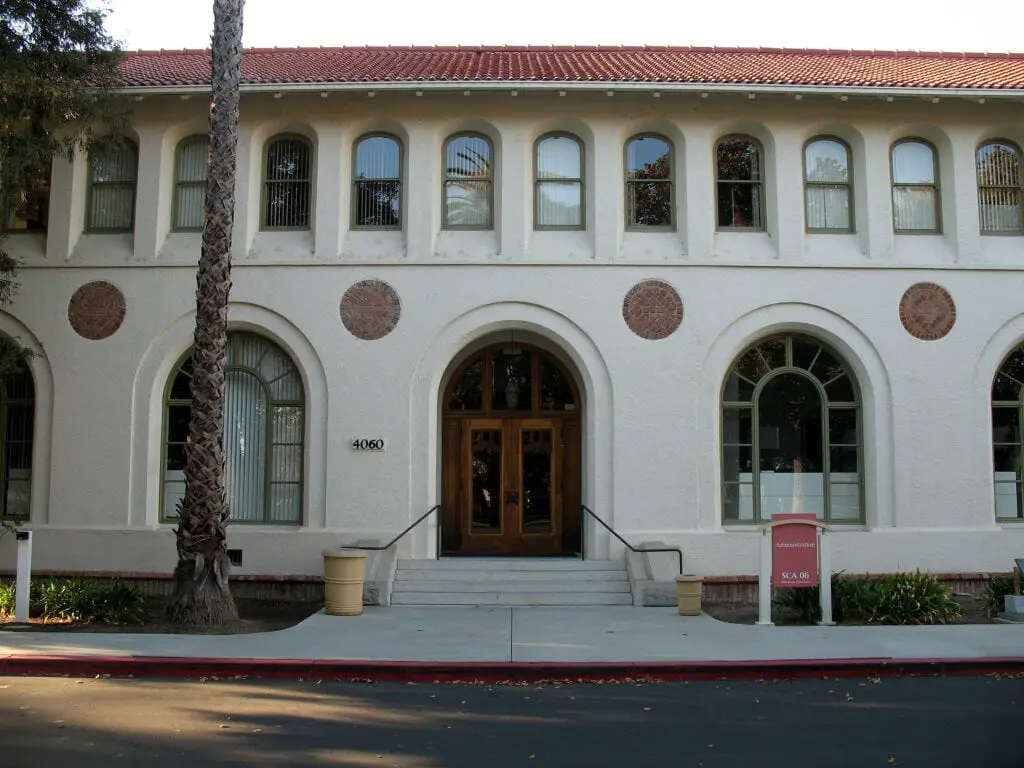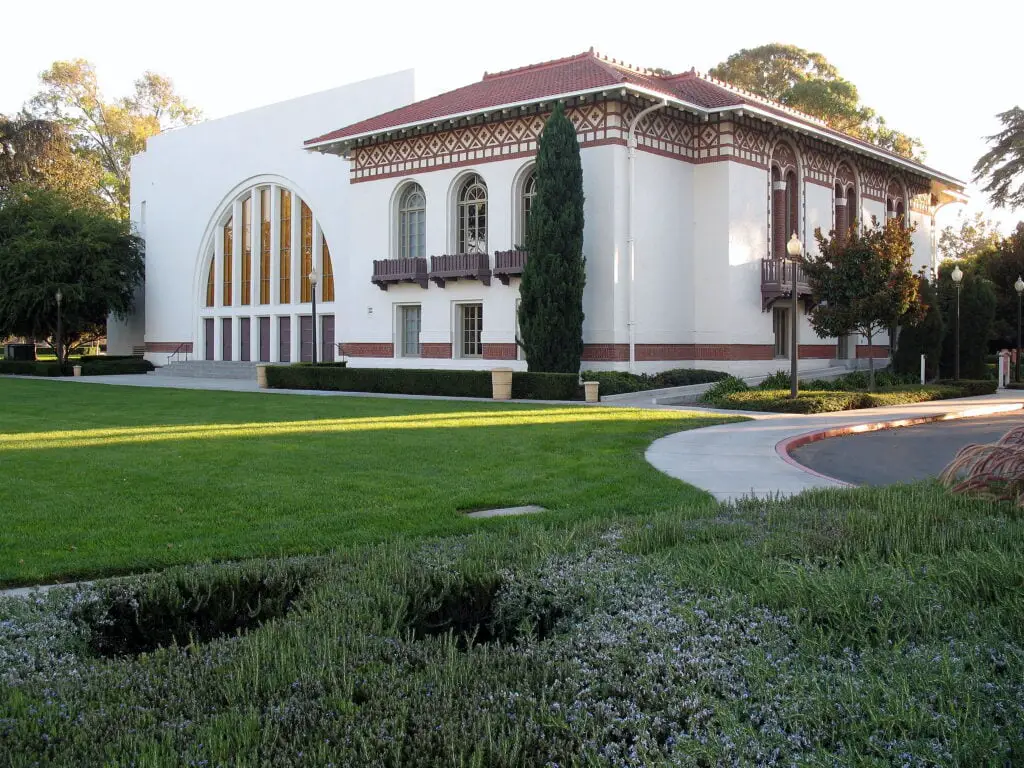In the heart of Santa Clara, California, lies a site rich in history and stories of transformation - the Agnews State Hospital. Established in 1885, Agnews was once known as "The Great Asylum for the Insane."
Over the years, the institution has adapted to society's changing needs, evolving from a psychiatric hospital to a developmental center and eventually transforming into a high-tech campus and community space.
From 'Great Asylum' to 'Agnews Developmental Center'
The foundation for Agnews State Hospital was laid in 1885. It serves as a sanctuary for individuals struggling with mental illnesses.
The primary building, an imposing red brick tower, is located near what was then known as Agnew's Village, later incorporated into Santa Clara.
The institution was initially dubbed "The Great Asylum for the Insane." As the 20th century emerged, Agnews became the most populated institution in the southern San Francisco Bay area, its train station enhancing its accessibility.
In 1926, the center expanded to include a second campus about 2 miles east of San Jose. This expansion marked a significant shift in the center's services.
In 1965, the institution expanded its services to include a specialized rehabilitation program for individuals with developmental disabilities. By 1972, all mental health programs had been phased out.
From 1972 until the sale of the property in 2011, the center's primary focus was providing care and treatment for people with developmental disabilities.
The Aftermath of the 1906 San Francisco Earthquake
The turn of the 20th century witnessed a tragic chapter in the history of Agnews State Hospital.
The 1906 San Francisco earthquake struck with devastating force, causing the most significant loss of life in the Santa Clara Valley. The asylum crumbled, and over 100 patients and staff were killed, leading to mass graves on the site.
Yet, from the ruins, Agnews State Hospital rose like a phoenix. The hospital was rebuilt in the Mediterranean Revival architectural style, resembling a college campus with two-story buildings scattered around landscaped gardens.
The new design reflected a progressive approach to mental health care, focusing on creating a cheerful and healing environment. The site reopened around 1911, marking a new era in its history.

Transition to a High-Tech Campus and Community Space
By the late 20th century, changes were afoot again at Agnews State Hospital. The original west campus closed in 1998, sparking a local controversy over the future use of this prime public land.
In April 1997, the state announced the sale of an 82.5-acre parcel of the campus to Sun Microsystems, a profitable corporation, for its corporate headquarters and R&D campus.
This decision met with mixed reactions, with some valuing the presence of a high-tech employer, while others objected to the sale of public land during a local economic boom.
However, Sun Microsystems agreed to restore four historic buildings and keep some facilities available for public use. The company even set up an outdoor exhibit to display information and photographs regarding the center and its history.
Today, the campus continues to be used as an Oracle R&D facility and conference center following Oracle Corporation's acquisition of Sun Microsystems in 2010.

Closure and Repurposing of the East Campus
The East Campus of the Agnews State Hospital has also changed. By March 2009, the last resident had departed, marking the closure of the residential facility.
Despite the closure of the residential facility, the campus maintained outpatient clinic services until April 2011. Subsequently, the property was handed over to the Department of General Services.
In 2011, despite the location changes, the commitment to patient support remained strong as the Regional Project of the Bay Area and the Community State Staff Administration moved to Campbell, California. As the East Campus sale was finalized, the premises were emptied.
The East Campus embarked on a new journey in July 2014, when the City of San Jose and the Santa Clara Unified School District invested $80 million to acquire the property from the State of California.
Plans were implemented to construct a K-8 school, a high school, and a city park. The campus's transformation continued into the next decade.
As of 2023, Oracle planned to vacate and sell about half of the West Campus, and the Santa Clara Unified School District was developing the East Campus into an educational hub, with plans for the campus to be fully operational by the end of 2024.
Agnews in Popular Media
Over the years, Agnews State Hospital has also made its mark in popular culture. For example, the 1984 film Birdy, directed by Alan Parker, used the center as the setting for the facility where the main character, Matthew Modine, is incarcerated.
The horror film The Dead Pit, directed by Brett Leonard in 1989, was shot on the eastern campus. Adding to its legacy in popular culture, Agnews was the backdrop for the music video of Green Day's 1994 hit song "Basket Case." This further solidified its place in the annals of popular media history.

Conclusion
The journey of the Agnews State Hospital is a testament to the transformative power of time and societal evolution.
From its beginnings as a groundbreaking asylum to its later life as a tech campus and now a burgeoning educational hub, Agnews has been an integral part of Santa Clara's history.
It stands as a symbol of progress and adaptation. It provides a unique lens through which we can view the changing attitudes toward mental health care, urban development, and the repurposing of historic spaces.
As we look towards the future, Agnews continues to evolve, promising to remain a fascinating and integral part of the community.

I I would like to know where all those patients gone too?
I’m curious about that too—hopefully, someone with more knowledge can share where the patients were relocated.
Informative. I was a psychiatric nurse at Agnews State Hospital from 1960-1963. "The golden age of psychiatric care" there was winding down. The education building on the west side was one of the most attractive units.
How incredible that you were a part of the history there! I’ve always been curious about the shift in psychiatric care during that time. Thank you for sharing your experience.